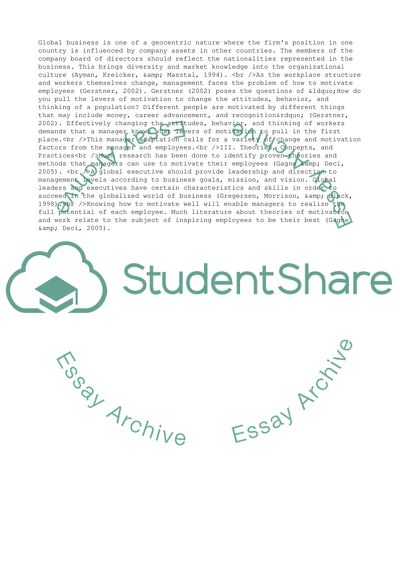Cite this document
(Dealing with the Motivation of Staff: Management Theories, Concepts, Literature review, n.d.)
Dealing with the Motivation of Staff: Management Theories, Concepts, Literature review. Retrieved from https://studentshare.org/management/1535510-motivation-and-how-management-can-use-it-for-a-better-more-profitable-effecient-workplace
Dealing with the Motivation of Staff: Management Theories, Concepts, Literature review. Retrieved from https://studentshare.org/management/1535510-motivation-and-how-management-can-use-it-for-a-better-more-profitable-effecient-workplace
(Dealing With the Motivation of Staff: Management Theories, Concepts, Literature Review)
Dealing With the Motivation of Staff: Management Theories, Concepts, Literature Review. https://studentshare.org/management/1535510-motivation-and-how-management-can-use-it-for-a-better-more-profitable-effecient-workplace.
Dealing With the Motivation of Staff: Management Theories, Concepts, Literature Review. https://studentshare.org/management/1535510-motivation-and-how-management-can-use-it-for-a-better-more-profitable-effecient-workplace.
“Dealing With the Motivation of Staff: Management Theories, Concepts, Literature Review”. https://studentshare.org/management/1535510-motivation-and-how-management-can-use-it-for-a-better-more-profitable-effecient-workplace.


